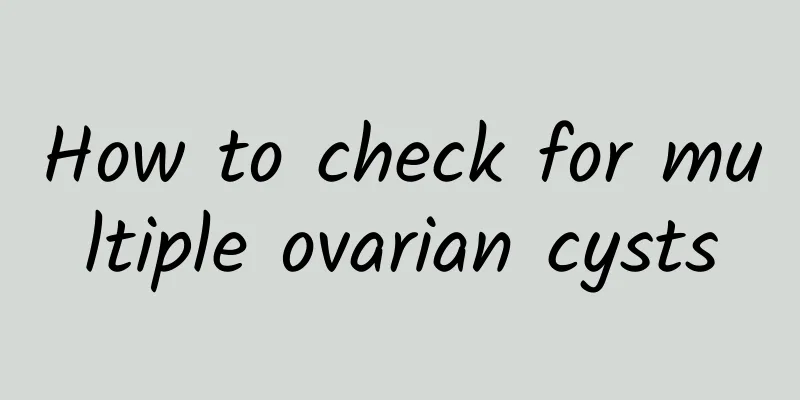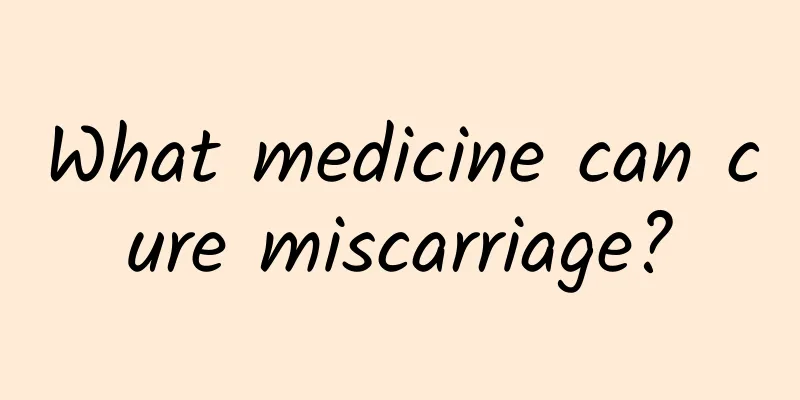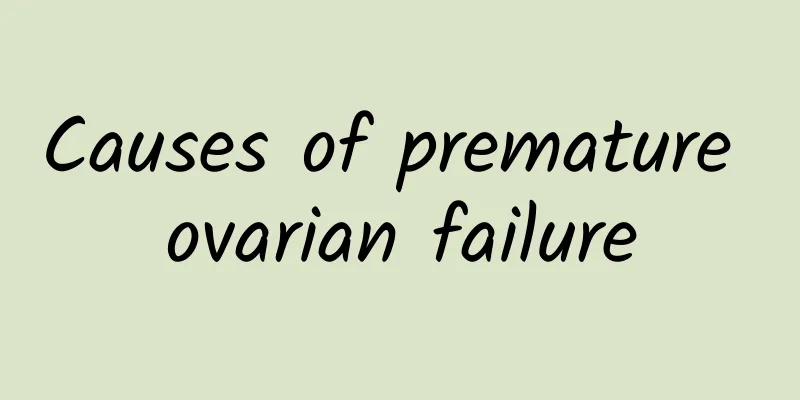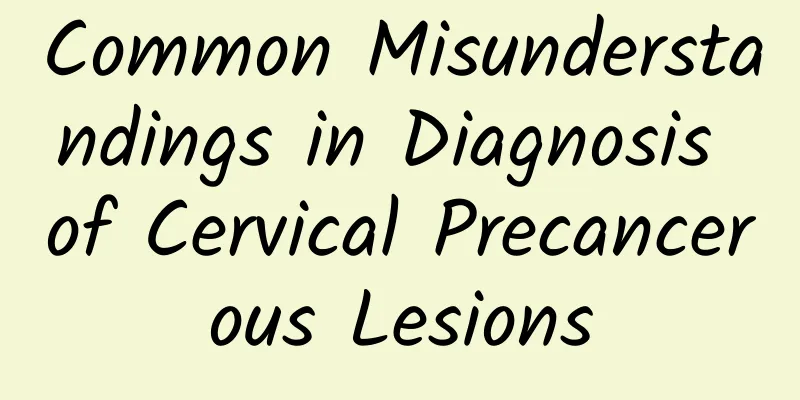The importance of always paying attention to the harm of uterine fibroids
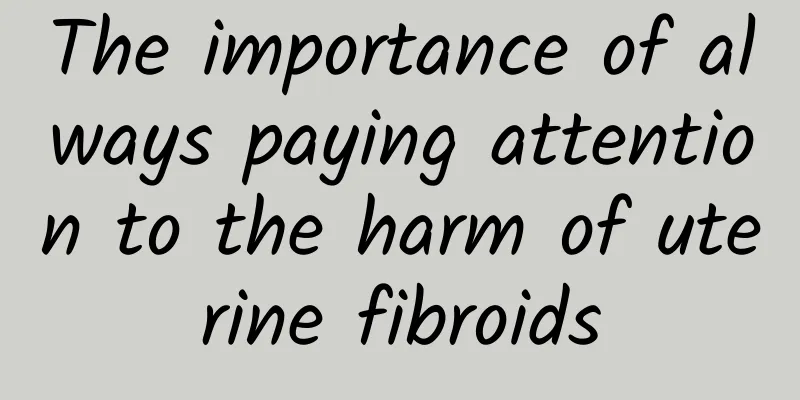
|
In recent times, the number of patients with uterine fibroids has been on the rise. Since many patients are unaware of the dangers of uterine fibroids , they naturally do not understand its severity. Because of not understanding the dangers of uterine fibroids, they miss the best time for treatment. Let the experts introduce you to the dangers of uterine fibroids. 1. Infection and suppuration. The harm of uterine fibroids can cause pelvic congestion and infection. The infection is mostly caused by the torsion of the tumor pedicle, while blood-borne infection is extremely rare. After infection, a few patients will form abscesses in the tumor tissue, while the rest will show suppuration. 2. Adhesion or inflammation. After the subserosal uterine fibroid pedicle is twisted, intestinal adhesion will occur, which will be infected by intestinal bacteria. The inflamed fibroid will adhere to the uterine appendages, causing suppurative inflammation. On the other hand, fibroids will also cause pathogenic bacteria to invade other uterine organs due to bleeding. The harm of uterine fibroids can also cause gynecological inflammations such as adnexitis and pelvic inflammatory disease. 3. Free fibroids. Subserous uterine fibroids can twist at the pedicle, causing acute abdominal pain. In severe cases, if surgery is not performed immediately, the pedicle may be broken and a free fibroid may form. Of course, the twisted fibroids can also drive the entire uterus, causing axial torsion of the uterus (mostly near the internal opening of the cervical canal). 4. Secondary anemia. Uterine fibroids can cause excessive menstrual bleeding. Over time, it can cause secondary anemia and even anemic heart disease. The harm of uterine fibroids can cause patients to experience adverse symptoms such as general fatigue, pale complexion, palpitations and shortness of breath. 5. Infertility or miscarriage. Uterine fibroids patients suffer from infertility because the fibroid tissue in the uterine cornu compresses the entrance of the fallopian tube, causing the uterus to deform and hinder the implantation of the fertilized egg. In addition, statistics show that the spontaneous abortion rate of fibroid patients is also higher than that of ordinary people, with a ratio of 4:1. 6. Malignant lesions. Uterine fibroids are benign tumors, but a small number of women still cannot escape the risk of malignant changes (the malignant change rate is about 1%), which is particularly prominent in older women. Therefore, those with rapidly growing fibroids or postmenopausal fibroids should be vigilant. The information above is about the dangers of uterine fibroids. I hope that after listening to the experts’ introduction to the dangers of uterine fibroids, you will pay attention to it. If we are sick, we must treat it in time and don’t miss the best opportunity for treatment. If you have any questions about the dangers of uterine fibroids, please consult our experts directly. They will answer you. I would like to wish you a speedy recovery. |
<<: Four major treatment methods for multiple uterine fibroids
>>: The health care method to prevent uterine fibroids is actually very simple
Recommend
Related care for chocolate cyst infection
Daily health care is a way to show your healthy l...
Is chronic pelvic peritonitis contagious?
Is chronic pelvic peritonitis contagious? Pelvic ...
Brief analysis of common symptoms of moderate cervical erosion
Many female friends may know about moderate cervi...
What causes adenomyosis?
The development of adenomyosis and adenomyomas is...
What are the medicines for dysmenorrhea?
There are many different medications for dysmenor...
Can thin uterine wall cause premature ovarian failure?
Thin uterine wall does not directly cause prematu...
What causes irregular menstruation
Irregular menstruation is a common physiological ...
What are the main hazards of suffering from uterine fibroids?
Among the many types of gynecological diseases, u...
Taking vitamins for irregular menstruation
Taking vitamins for irregular menstruation Clinic...
What should be considered in the examination of pituitary endocrine function in patients with amenorrhea?
Patients with amenorrhea need to undergo pituitar...
How much does an artificial abortion cost?
When the warmth reaches its climax, the little li...
What if I find vulva itching after menstruation?
What if I find vulva itching after menstruation? ...
What should we pay attention to in preventing premature ovarian failure?
What should we pay attention to in preventing pre...
A brief understanding of the causes of uterine fibroids
Uterine fibroids are the most common benign tumor...
How long after abortion can I have sex?
Abortion refers to artificial miscarriage. It tak...





